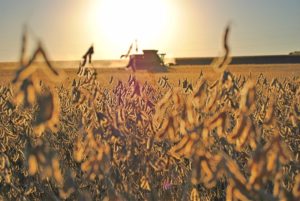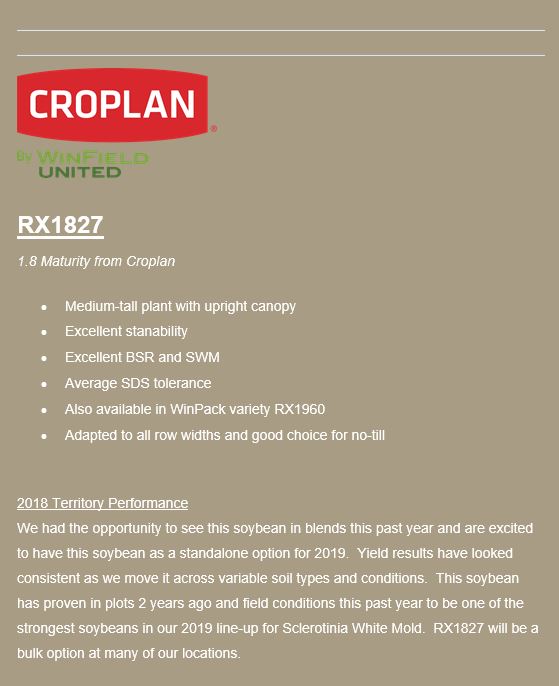
Harvest Update
Snow, rain, and cooling temperatures have slowed progress this past week. Rain amounts varied from 0.5 inches to 1.5 inches. As you travel across our territory you will find that almost everyone has some harvest, tillage, or fertilizer application left to complete. Progress is starting to pick back up and and warmer weather at the end of next week is giving everyone hope there is still an ample amount of time to get the projected work complete.

The state of Minnesota is 78% complete with corn harvest and soybean harvest is 94% complete. Wisconsin corn harvest is 59% complete and soybean harvest is 78% complete.
Seed Spotlight of the Week – November 8
What hybrids should you be looking at in the 100-day range? We are going to take a look at a couple of our mid-day range hybrids and how to place each.
This week we have placed the soybean spotlight on Croplan’s RX1827, a soybean that has been showing consistency from one end of our territory to the other.



|




